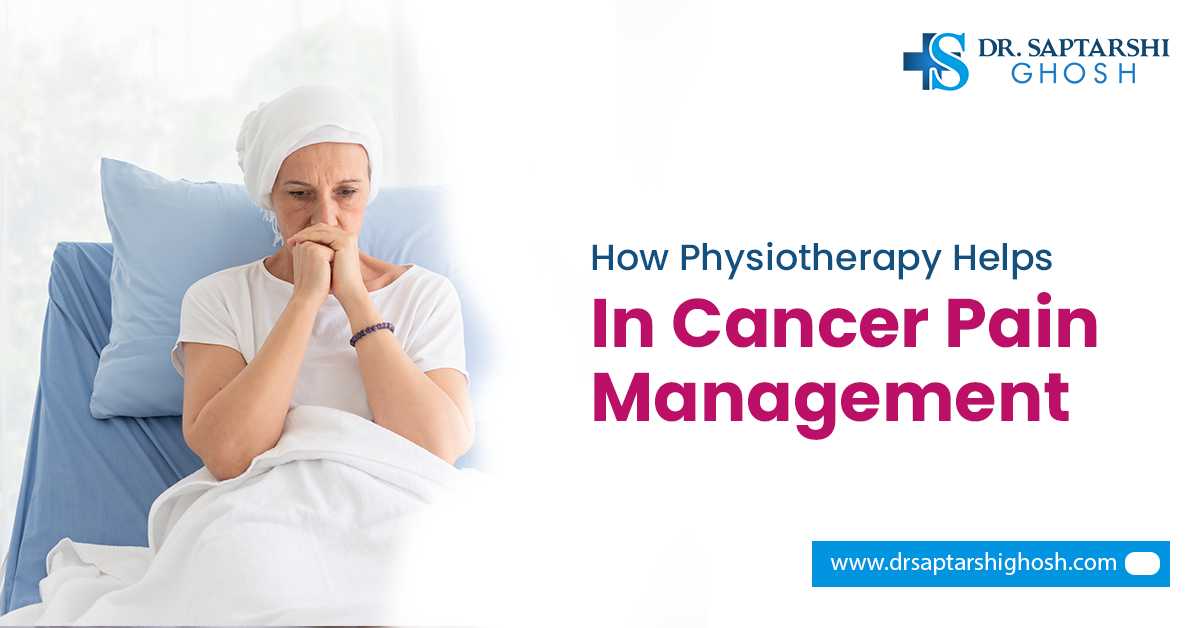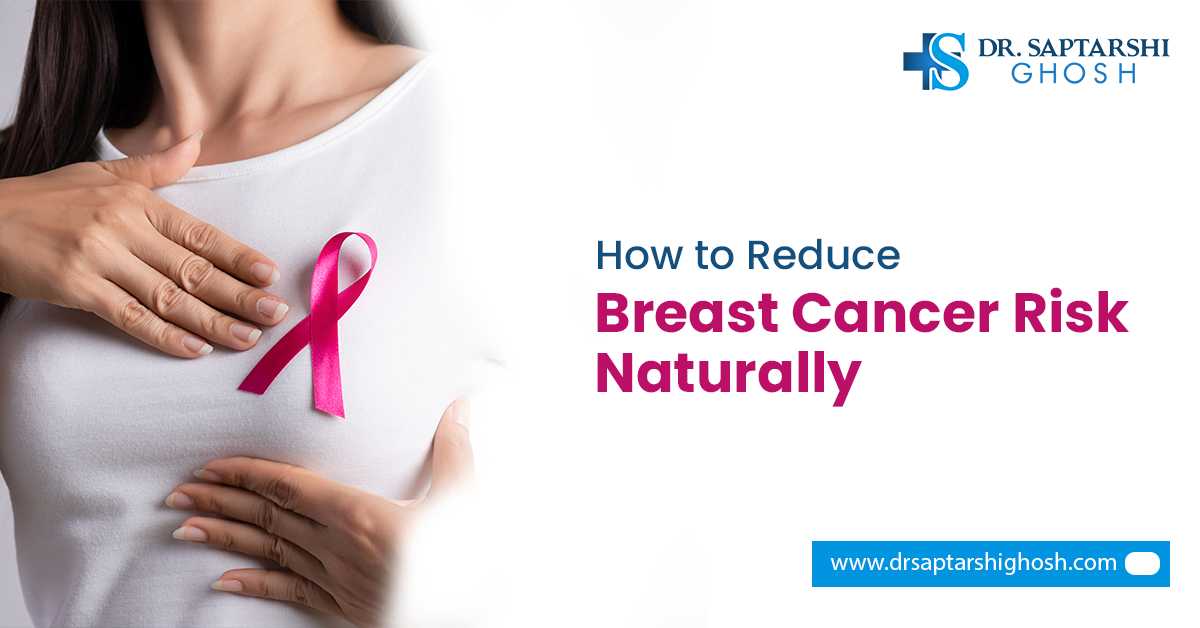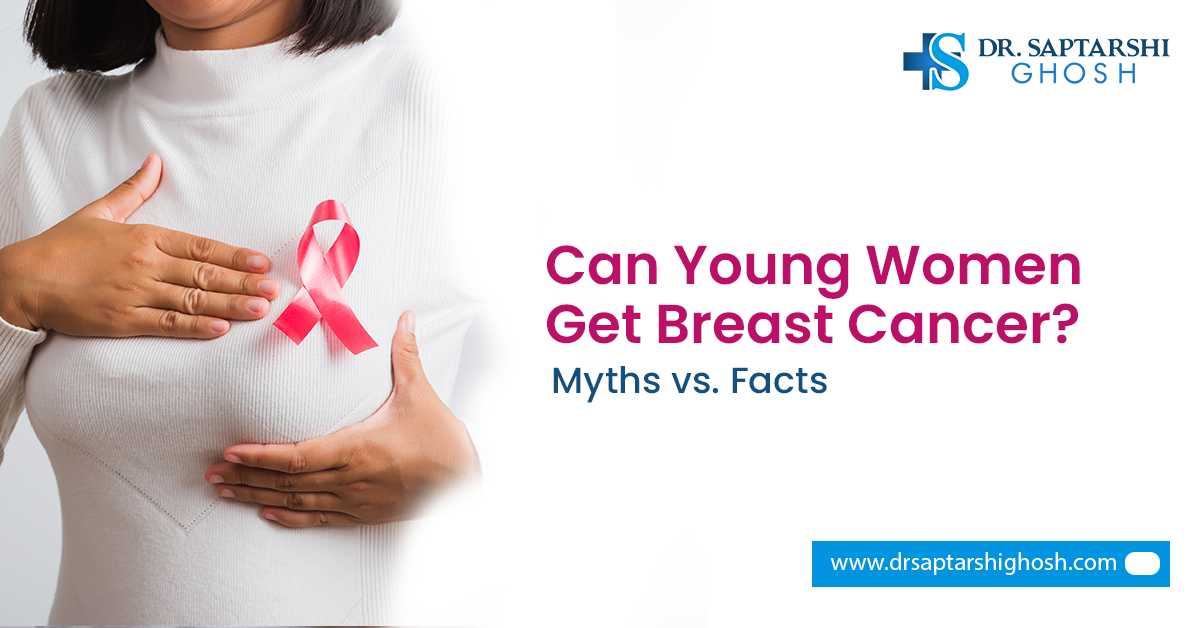While women over the age of 50 are more likely to get breast cancer, this disease can affect even young women. The term is known as early-onset breast cancer. This blog talks about the topic of whether breast cancer can strike young women.
Also, you are going to know about its symptoms and ways young women may take charge of their breast health while revealing myths. The goal is to provide you with useful information that is simple to understand. Make sure, for breast cancer treatment Siliguri or in your location, visit a highly trusted doctor.
Younger women cannot think they are risk-free, even if age is still the biggest risk factor (older women have substantially higher rates overall). When you are diagnosed with breast cancer between the ages of 18 and 45, it is referred to as early-onset breast cancer.
Myths vs. Facts: What’s True and What’s Not?
Here, we'll examine some popular misconceptions together with the facts that shed light on the true situation.
Myth 1: "I don't need to worry because young women don't get breast cancer."
Fact: There is no doubt that it is less prevalent, but young women can and do develop breast cancer. Based on many studies, young women or women under 45 account for some 10% of new instances of breast cancer. According to certain research, rates among younger women are rising.
Crucially, diagnosis in young women may be delayed because screening recommendations are usually focused on older women. Therefore, even though the risk is lower, it still exists. Being "young" does not ensure no breast cancer at all.
Myth 2: "I'm safe if there isn't a family history of breast cancer."
Fact: While a strong family history does raise the risk of breast cancer even in young women, many cases nevertheless happen without one. Well-known risk factors include inherited gene mutations (e.g., BRCA1/2) or a strong family history (mother, sister, or daughter with breast cancer).
However, many young women who are diagnosed do not have a family history; therefore, the lack of a family history does not imply that there is no chance.
It is wise to be aware of your family's medical history, but don't let its absence cause you to ignore warning signs or risks.
Myth 3: "It is breast cancer if I feel a lump in my breast, or if it's not painful, it's nothing wrong."
Fact: Although many lumps are benign (non-cancerous), a marble-like or hard mass-like bump may indicate breast cancer, and cancers can also not be felt. When pain is not always present, lumps, changes in breast shape or skin, and nipple discharge are common indicators of breast cancer.
Lumps can be more difficult to assess, and imaging can be more complicated since younger women frequently have denser breast tissue. Hence, even if it doesn't "feel" like normal breast cancer in older women, it's still worthwhile to have it evaluated if you detect any changes.
Myth 4: "Younger women don't need screening because mammography is primarily for older women."
Fact: Usually, routine mammograms are not advised for the majority of younger or average-risk women. But awareness, self-examinations, and focused screening (where risk factors exist) are still crucial.
According to standard guidelines, routine mammograms should begin around age 40 (or 45, depending on the nation and setting). Unless young women are at high risk, younger women might not be routinely checked.
Younger women may need sooner and more screening (e.g., MRI) if they have a high-risk genetic mutation or significant family history. In summary, younger women require a different screening approach, but alertness is still important.
Myth 5: "Young age completely protects me; only older age matters."
Fact: Yes, age has a significant role, but being young does not ensure your safety, and there are other aspects as well. The biggest risk is still age; the likelihood of breast cancer increases with age.
However, some risk factors, like genetics, lifestyle, hormones, etc., may raise the risk for younger women. Being youthful is, therefore, advantageous but not a free pass.
What Makes Younger Women More Vulnerable?
Some factors are especially important when contemplating breast cancer in younger women, even if many risk factors are similar for older women.
Risk in families and genetics
Increased risk at younger ages can result from mutations in genes such as BRCA1 and BRCA2. One's risk may be raised by close relatives (especially, first-degree relatives) who have been diagnosed with breast cancer, particularly when they are young. You might get advice from the best oncologist for breast cancer treatment near you.
Reproductive and hormonal factors
There is conflicting evidence about the use of hormonal contraceptives, with some earlier research suggesting a modest increase in risk. One risk factor is increased lifelong exposure to estrogen due to early menstruation (menarche) and late menopause. Women who do not breastfeed or who have their first child later in life may be slightly more at risk.
Environmental and lifestyle factors
-
Drinking more alcohol is associated with greater breast cancer.
-
Lack of exercise and being overweight or obese—particularly after menopause, though lifestyle factors also play a role before—contribute.
-
Risk can be increased by radiation exposure to the chest, particularly when young (during treatment for other cancers, for example).
Breast tissue characteristics
-
Dense breast tissue is a risk factor in and of itself and can make identification more difficult.
-
Risk factors include a history of breast cancer, some benign breast illnesses, and familial malignancies.
What Protective Steps Can You Take?
Age, heredity, and family history are examples of risk factors that cannot be changed, but many others may. Here are actions to think about:
- Recognize your family's past. Ask family members if anyone has ever had ovarian or breast cancer, and if so, when. This assists you and your physician in determining risk.
- Continue to be active. Frequent exercise has been linked to a decreased risk of breast cancer.
- Keep away from alcohol. Moderation can be beneficial since alcohol is a known risk factor.
- Keep your weight in check. This is particularly significant throughout life.
- If at all possible, breastfeed. There may be a slight protective benefit from breastfeeding.
- Be attentive to your health. Recognize the typical appearance and feel of your breasts and report any abnormal changes (lump, skin change, nipple change, etc.) very soon.
Talk to your doctor, like a gynecologist, about screening if you are at high risk. Personalized strategies, such as early imaging (MRI, ultrasound) and specialist referral, may be necessary for young women with high risk (genetic, strong family history).
When to Get Medical Help and What Signs to Look out for
Early detection is important even though breast cancer in young women is less common. Look at the potential signs and symptoms:
-
A new breast or underarm bulge or thickening, particularly on one side.
-
Changes in the form or size of the breasts.
-
Dimpling, puckering, redness, or rash over the breast are examples of skin changes.
-
Nipple alterations include crusting, inversion, and discharge (particularly blood-tinged).
-
Armpit or collarbone swelling, as well as swelling in or around the breast.
Don't presume that any such changes are insignificant. Most breast lumps are benign, but a medical examination is the only way to be positive.
Breast cancer may seem like a disease for "older people" to many young women. However, research indicates that although the risk is reduced, breast cancer in young women is both probable and, in some situations, on the rise.
Be more attentive to your health. And, get expert assistance if required. You might reach out to the leading oncologist for breast cancer treatment Siliguri, Dr. Saptarshi Ghosh.






